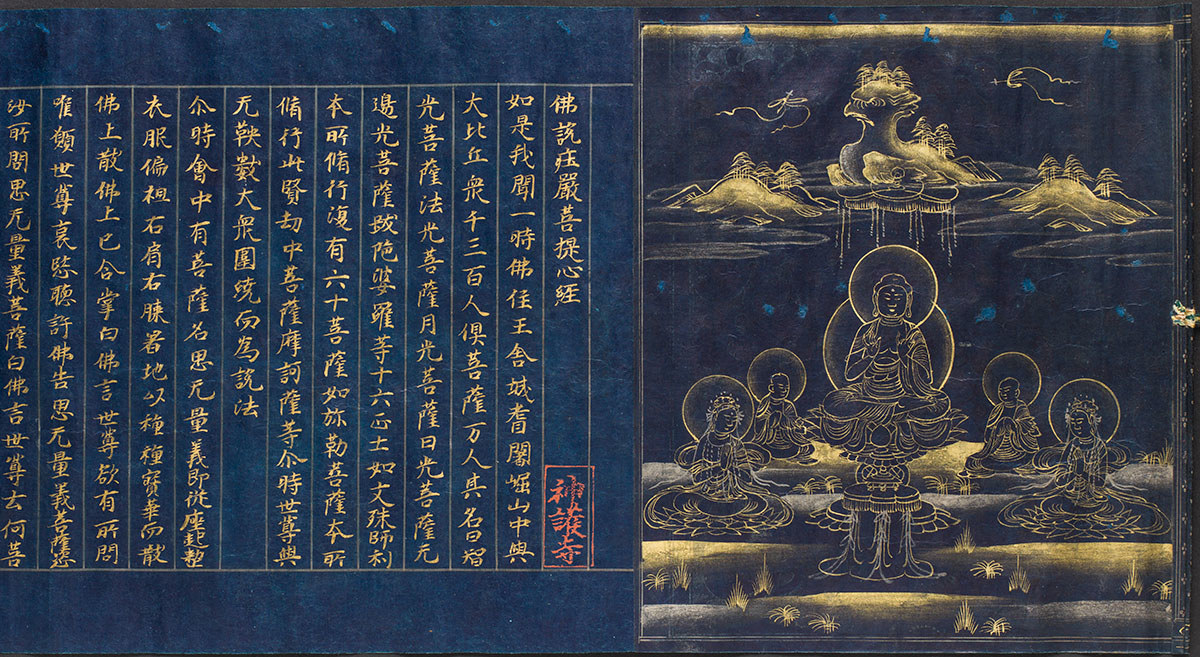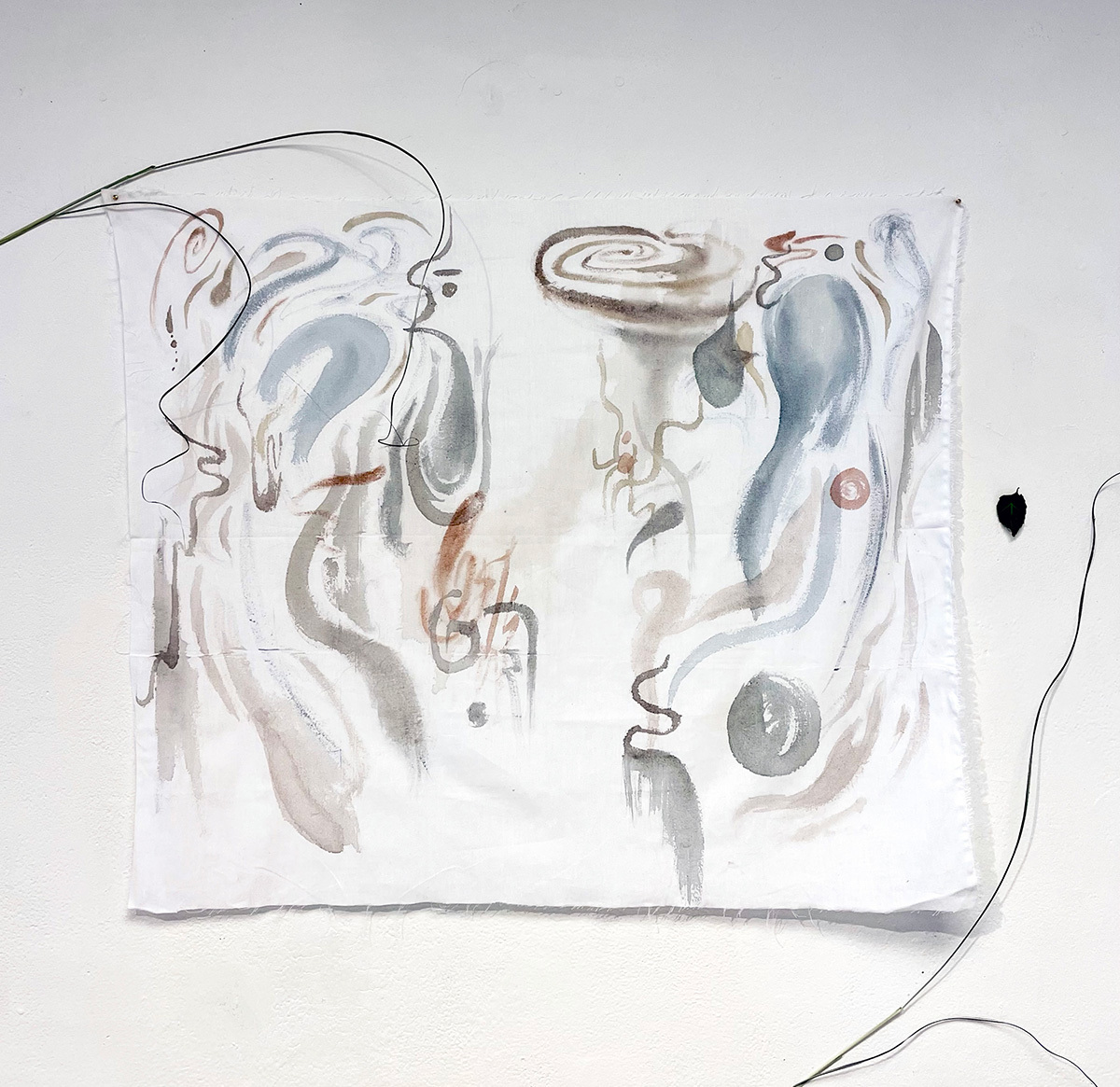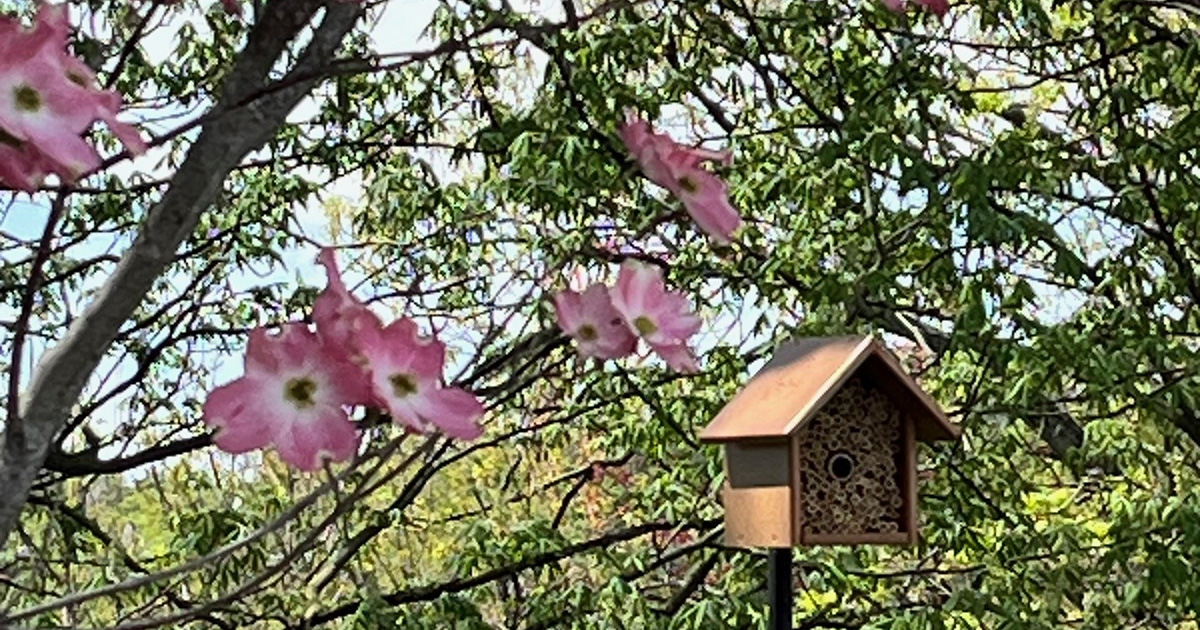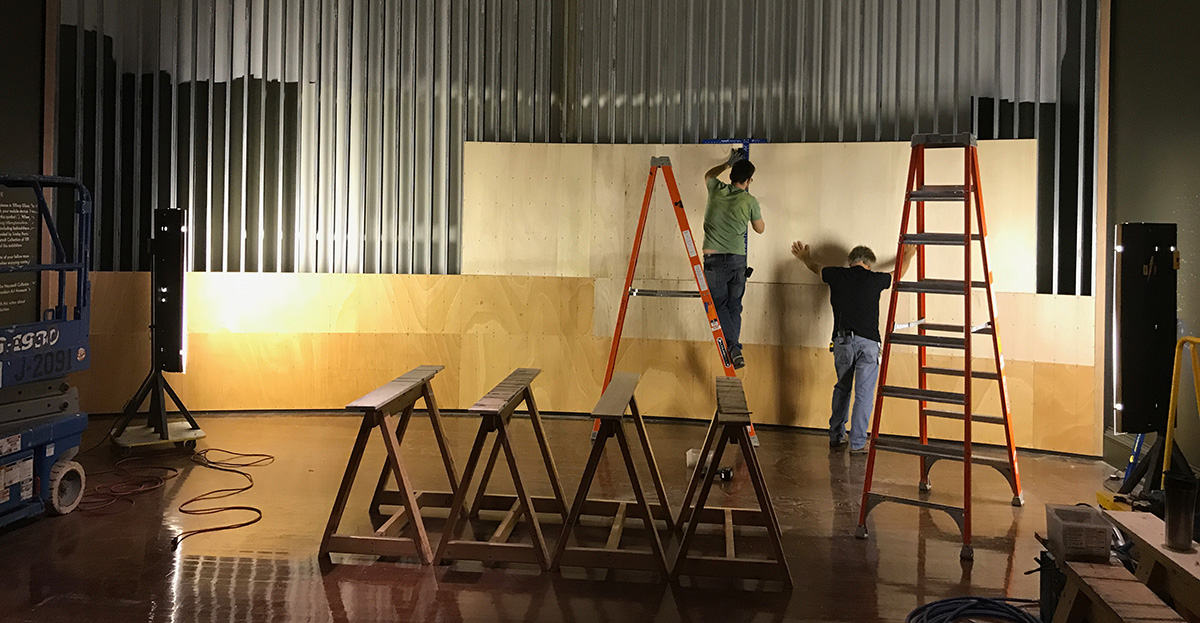- Art Home
- Exhibitions
-
Explore the Collection
- Explore the Collection Home
- African Art
- American Paintings, Sculpture and Drawings
- Contemporary
- Decorative Arts and Design
- East Asian Art
- European Paintings, Sculpture and Drawings
- Fashion Arts and Textiles
- Musical Instruments
- Indigenous American Art
- Photography
- Prints
- South Asian Art, Islamic Art and Antiquities
- Conservation
- Meet the Curators
- Digital Resources
- Events & Programs Home
- Calendar
- Accessibility
- Adults
-
Families & Teens
- Families & Teens Home
- 10x10 Teen Art Expo
- Art on the Rise
- Art Together: Art Making for Families with Children Ages 3–5
- Baby Tours
- Boy Scouts / Girl Scouts
- CAM Kids Day
- Choose Your Own Gallery Adventure
- Family Storytime and Gallery Walk
- Family Studio: Art Making for Families with Children Ages 6–12
- REC Reads
- Rosenthal Education Center (REC)
- See Play Learn Kits
- Summer Camp
- Teachers
- Community Outreach
- Fundraisers
- Plan Your Own Event

- Art Home
- Exhibitions
-
Explore the Collection
- Explore the Collection Home
- African Art
- American Paintings, Sculpture and Drawings
- Contemporary
- Decorative Arts and Design
- East Asian Art
- European Paintings, Sculpture and Drawings
- Fashion Arts and Textiles
- Musical Instruments
- Indigenous American Art
- Photography
- Prints
- South Asian Art, Islamic Art and Antiquities
- Conservation
- Meet the Curators
- Digital Resources
- Events & Programs Home
- Calendar
- Accessibility
- Adults
-
Families & Teens
- Families & Teens Home
- 10x10 Teen Art Expo
- Art on the Rise
- Art Together: Art Making for Families with Children Ages 3–5
- Baby Tours
- Boy Scouts / Girl Scouts
- CAM Kids Day
- Choose Your Own Gallery Adventure
- Family Storytime and Gallery Walk
- Family Studio: Art Making for Families with Children Ages 6–12
- REC Reads
- Rosenthal Education Center (REC)
- See Play Learn Kits
- Summer Camp
- Teachers
- Community Outreach
- Fundraisers
- Plan Your Own Event
Blog
Blog
- Home
- Plan Your Visit
-
Art
- Art Home
- Exhibitions
-
Explore the Collection
- Explore the Collection Home
- African Art
- American Paintings, Sculpture and Drawings
- Contemporary
- Decorative Arts and Design
- East Asian Art
- European Paintings, Sculpture and Drawings
- Fashion Arts and Textiles
- Musical Instruments
- Indigenous American Art
- Photography
- Prints
- South Asian Art, Islamic Art and Antiquities
- Conservation
- Meet the Curators
- Digital Resources
-
Events & Programs
- Events & Programs Home
- Calendar
- Accessibility
- Adults
-
Families & Teens
- Families & Teens Home
- 10x10 Teen Art Expo
- Art on the Rise
- Art Together: Art Making for Families with Children Ages 3–5
- Baby Tours
- Boy Scouts / Girl Scouts
- CAM Kids Day
- Choose Your Own Gallery Adventure
- Family Storytime and Gallery Walk
- Family Studio: Art Making for Families with Children Ages 6–12
- REC Reads
- Rosenthal Education Center (REC)
- See Play Learn Kits
- Summer Camp
- Teachers
- Community Outreach
- Fundraisers
- Plan Your Own Event
- Give & Join
- About
- Tickets
- Calendar
- Exhibitions
- Blog
- Shop
Eco-Friendly Art Making
by Madelyn McArthur, School-Based Learning Intern
5/7/2024
Even though Earth Month 2024 is over, the museum celebrates sustainability every day.
Artist and CAM intern, Madelyn McArthur, writes about her passion for incorporating sustainable practices into her own art making—from creating paints to using eco-friendly and upcycled materials. To encourage others, Maddy created this post as a resource for getting started.
There are many ways to be conscious of the environment while creating art! Making sustainable choices manifests in more ways than you might think. These choices include eco-friendly swaps for art materials, creating materials from natural sources, and shopping second-hand or upcycling found materials. Here are some examples for those interested in doing the same:
Eco-Friendly Swaps
Hemp/flax vs. cotton canvas
Hemp and flax have a smaller ecological footprint than cotton production, using half as much land and water for a larger yield. Because of this, choosing canvases and other art surfaces made of hemp or flax is an eco-friendly choice!
Tempura vs. acrylic paint
Acrylic paint, although lightfast and practical, generally contains acrylic polymer emulsion and plasticizers, silicone oils, defoamers, stabilizers or metal soaps, and dries into plastic. For an alternative, tempura paint is another water based, colorful paint, but made from water, calcium carbonate (chalk), corn starch or cellulose composition, and non-toxic pigments and preservatives—and tempura paint is also often less expensive than acrylics!

Judith with the Head of Holofernes, Sandro Botticelli (Italian, 1444/45–1510), circa 1469/70, Florence/Italy, tempura on panel, John J. Emery Endowment, 1954.463
Linseed oil vs. turpentine
Popular oil painting solvents, such as turpentine and mineral spirits, emit volatile organic compounds (VOC’s) as they dry, which are toxic to people as well as bad for the environment. Eco-friendly paint-thinning alternatives include walnut oil, linseed oil, or poppyseed oil.
Sustainable brands, such as Natural Earth Paints, also provide eco-friendly art material swaps!
Materials Found in Nature
Natural Pigments
Premade natural pigment powders can be purchased online when searching for a color that is difficult to source locally. For example, indigo plants create a bold navy-blue color, but they are not easily found in the Cincinnati area, and growing your own in an indigo vat is time-consuming and laborious. An alternative is to order from The Yarn Tree USA on Etsy, which sells an assortment of preprocessed natural pigments that can be used in homemade dye, paint, crayons, and other art materials.

Sutra, 1185, Jingo-ji Temple/Kyoto/Japan, gold and silver on indigo paper, John J. Emery Fund, 1985.12.
Foraging for Plants and Rocks
You can also utilize local plants and rocks by foraging in your area! By mindfully foraging, you can be aware of where the products come from, how they are cultivated, and how they are processed. When foraging, it is always important to be careful of your surroundings and to be respectful to the land. I try to abide by the principles of honorable harvest, an Indigenous code of respect for the land.
Secondhand + Upcycled Materials
Another way to decrease waste while art making is to shop for secondhand objects or use found materials. Here are some local resources in Cincinnati for finding secondhand creative materials:
- Indigo Hippo – Secondhand arts & crafts materials with pay-what-you-can pricing.
- Scrap It Up! – Gently used art materials and upcycled items shop.
- New2You – Local thrift store with secondhand clothes, items, furniture, etc.
- Recycling and Reuse Hub – Accepts recycling donations and offers recycled materials such as fabric, school supplies, and tiles to be “shopped” for free.
- Wave Pool Tool Library – Rent woodworking tools rather than buying your own for specific projects.

Whistling Winds, Madelyn McArthur, 2023
In my personal practice, I try to use most materials secondhand or from natural, ethically sourced resources. The piece above is made from natural pigment paints and repurposed fabric.
Related Blog Posts


Cincinnati, OH 45202
Toll Free: 1 (877) 472-4226
Museum Hours
Museum Shop
Terrace Café
Library
The Cincinnati Art Museum is supported by the generosity of tens of thousands of contributors to the ArtsWave Community Campaign, the region's primary source for arts funding.

Free general admission to the Cincinnati Art Museum is made possible by a gift from the Rosenthal Family Foundation. Exhibition pricing may vary. Parking at the Cincinnati Art Museum is free.
Generous support for our extended Thursday hours is provided by Art Bridges Foundation’s Access for All program.

General operating support provided by:




